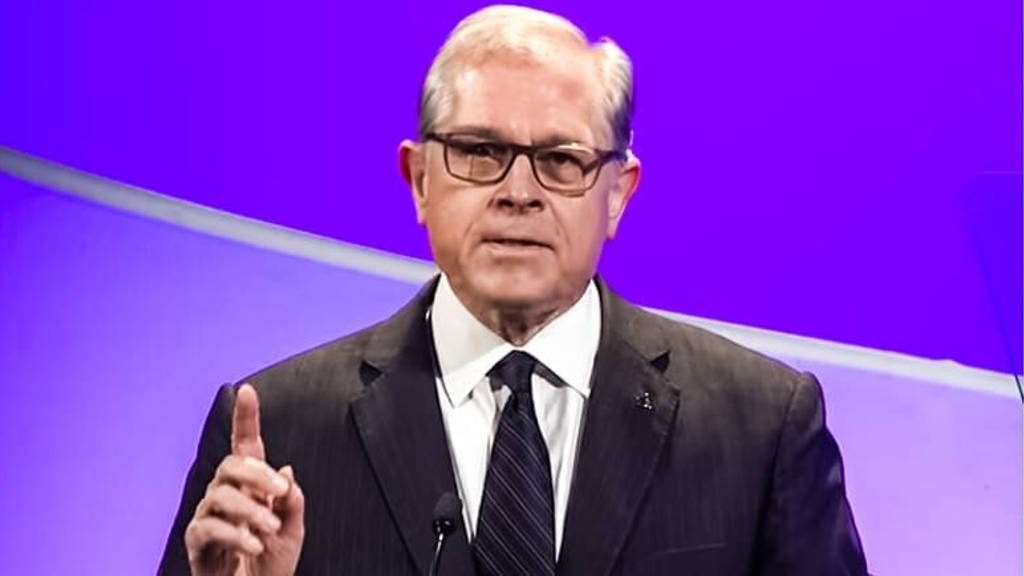It took doctors and regulators decades to extinguish fraud and ban toxic products more than a century and a half ago. Now we are faced with the digital snake oil of the early 21st century, Madara said at the annual meeting of the country’s largest physicians group on June 11, writes qz.com. “Just as in the mid-19th century when we separated the useful anti-toxins and compounds like aspirin from Stanley’s snake oil remedy, today we’re tasked with separating the digital snake oil from the useful —and potentially magnificent—digital tools.”
The problem with the digital snake oil is that they don’t have an appropriate evidence base, that they just don’t work that well—or that they actually impede care, confuse patients, and waste the time of people using them. Even though a 2015 study in the Journal of Medical Internet Research found that three out of nine app-only interventions led to a statistically significant improvement for people to manage symptoms of chronic diseases, the lightly-regulated industry of medical apps is still a mess.
For example, in 2015, so-called melanoma detection apps MelApp and Mole Detective were fined thousands of dollar by the Federal Trade Commission and barred from claiming they could detect skin cancer. More recently two studies called the effectiveness of most apps into question. A Commonwealth Fund study examining 1,000 health-care apps for chronic diseases found only 43% of iOS apps and 27% of Android apps were likely to be useful. Another study, by the Institute for Healthcare Informatics, analyzed 40,000+ health-care apps in the US Apple iTunes app store, mostly in the diet and exercise category. It found a majority does little more than provide information from a mix of sources.
Madera believes the future is not about not technology bypassing physicians. A more promising digital future can be envisioned that enhances the physician-patient relationship, produces better and more efficient care, and allows more time for physician-patient interactions. This is the type of outcome that has been so falsely promised by much of the current digital snake oil.
The head of the AMA also fears that technology is turning doctors into the world’s most expensive data-entry workforce: an AMA study found 50% of physicians’ time was at the keyboard, compared to a third spent interacting with patients. These patients seem to love and trust the new apps. A 2015 survey of more than 1,400 providers and 1,100 users in the Journal of Medical Internet Research said patients prefer new technologies for a medical diagnosis (39.7%, compared with 13.8% among providers), reports Health Data Management.
The AMA will start to actively partner with vendors and regulators to inform entrepreneurs what physicians (and patients) really need: “digital tools that would simplify and better organize our lives, and also adapt to the natural variations in our practices—those that would free more time for patient interactions—that’s what we want.”
See the 2016 AMA Annual Meeting - AMA EVP/CEO James L. Madara, MD
###The Future of Health Care###
The problem with the digital snake oil is that they don’t have an appropriate evidence base, that they just don’t work that well—or that they actually impede care, confuse patients, and waste the time of people using them. Even though a 2015 study in the Journal of Medical Internet Research found that three out of nine app-only interventions led to a statistically significant improvement for people to manage symptoms of chronic diseases, the lightly-regulated industry of medical apps is still a mess.
For example, in 2015, so-called melanoma detection apps MelApp and Mole Detective were fined thousands of dollar by the Federal Trade Commission and barred from claiming they could detect skin cancer. More recently two studies called the effectiveness of most apps into question. A Commonwealth Fund study examining 1,000 health-care apps for chronic diseases found only 43% of iOS apps and 27% of Android apps were likely to be useful. Another study, by the Institute for Healthcare Informatics, analyzed 40,000+ health-care apps in the US Apple iTunes app store, mostly in the diet and exercise category. It found a majority does little more than provide information from a mix of sources.
Madera believes the future is not about not technology bypassing physicians. A more promising digital future can be envisioned that enhances the physician-patient relationship, produces better and more efficient care, and allows more time for physician-patient interactions. This is the type of outcome that has been so falsely promised by much of the current digital snake oil.
The head of the AMA also fears that technology is turning doctors into the world’s most expensive data-entry workforce: an AMA study found 50% of physicians’ time was at the keyboard, compared to a third spent interacting with patients. These patients seem to love and trust the new apps. A 2015 survey of more than 1,400 providers and 1,100 users in the Journal of Medical Internet Research said patients prefer new technologies for a medical diagnosis (39.7%, compared with 13.8% among providers), reports Health Data Management.
The AMA will start to actively partner with vendors and regulators to inform entrepreneurs what physicians (and patients) really need: “digital tools that would simplify and better organize our lives, and also adapt to the natural variations in our practices—those that would free more time for patient interactions—that’s what we want.”
See the 2016 AMA Annual Meeting - AMA EVP/CEO James L. Madara, MD
###The Future of Health Care###








